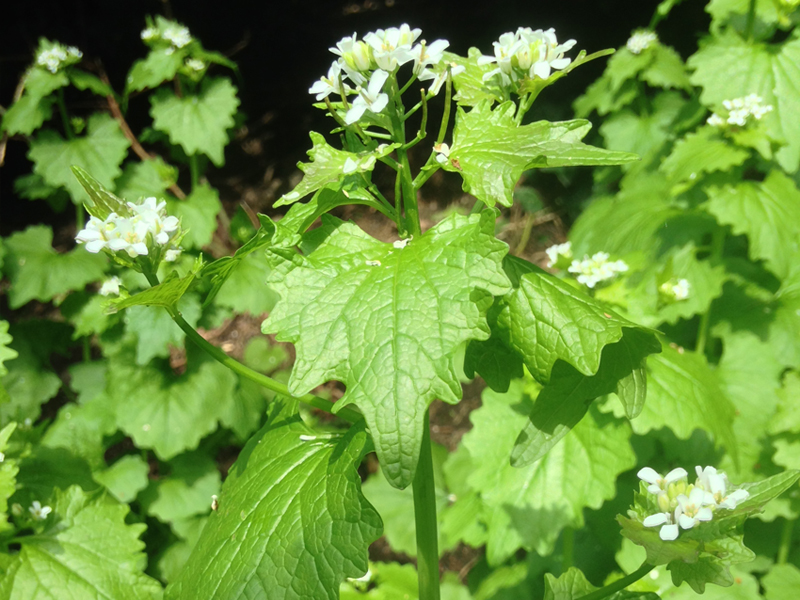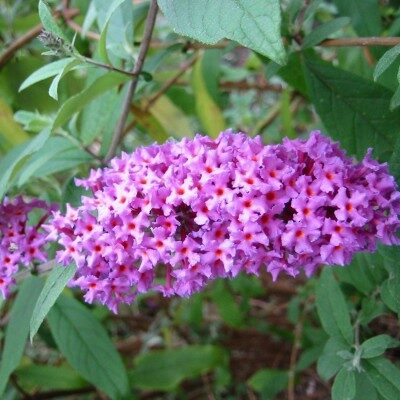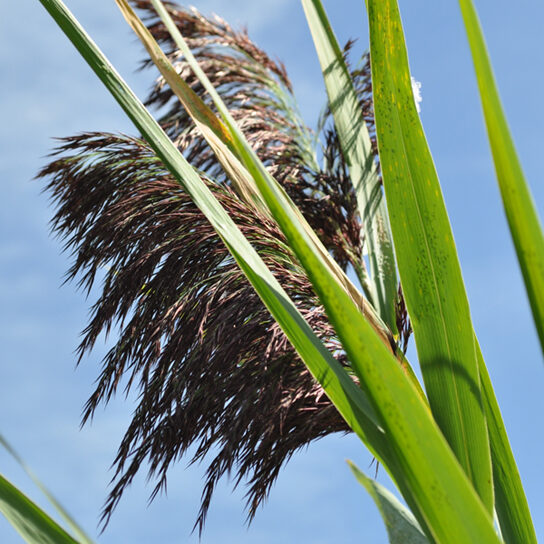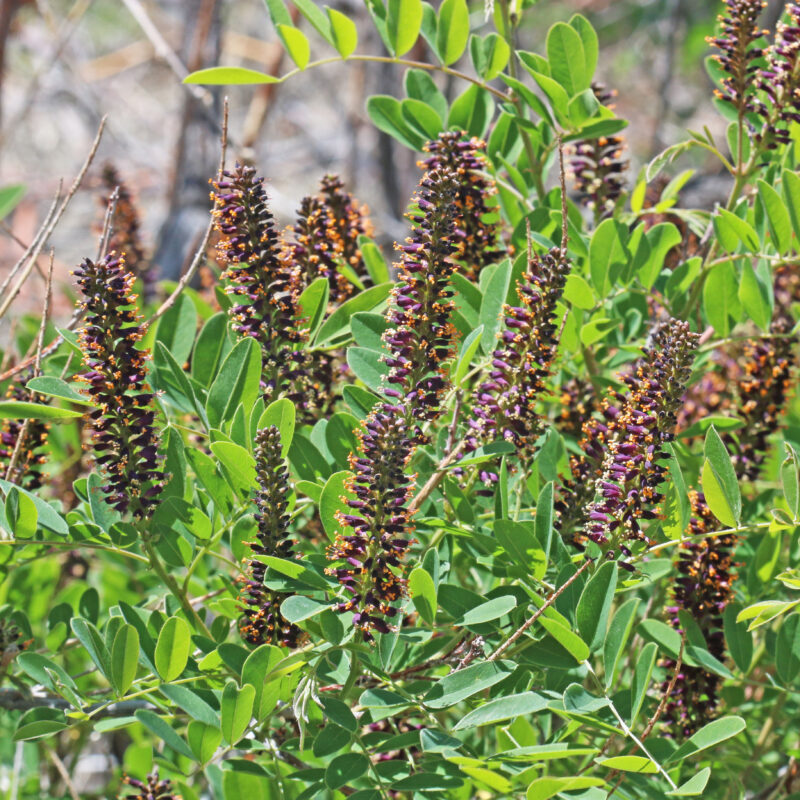Garlic mustard (Alliaria petiolata) is a biennial plant. In its first year it appears as a low growing rosette with kidney-shaped scalloped leaves that smell like garlic when crushed. In our climate, rosettes overwinter and grow rapidly as soon as the weather begins to warm up. In the second year, in early spring, the plants grow tall (12-48 inches) and feature white flowers with four-petals each that quickly transform into seed pods.
Garlic mustard is a high priority invasive weed species. It is an aggressive herb that displaces other plants by monopolizing light, moisture, nutrients, soil, and space. It also releases chemicals into the soil that are toxic to other plants and are particularly harmful to soil fungus which is vital to native plants. This noxious weed impacts sensitive natural areas as well as suburban landscapes, and all known populations in our district are targeted for removal.
Garlic mustard has few known locations in the Pacific Northwest and urgent action is needed to prevent it from gaining a foothold. Without immediate attention, this noxious weed will become a very serious threat to our native ecosystems.
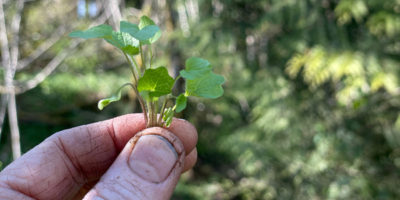
Controlling Garlic mustard
The key to controlling garlic mustard is to remove plants early in spring before they set seed. Garlic mustard is a priority for control because it quickly invades shaded woodland habitats and alters soil chemistry. That makes the woods less hospitable to our native plants and dramatically decreases forage for native animals.
The best time to pull garlic mustard is when it has just started flowering, before any seeds have been made. Pulling works best if the soil is moist such as after rainfall. Be sure to pull at the base of the plant and to get all the roots out, because roots left in the ground can re-sprout and form new plants. It is best to put all flowering plants in bags and dispose of in the trash. Plants that are pulled and left on the soil may set seed and release them onto the ground. Do not place garlic mustard plants in compost or any other vegetative material, where the seeds can remain alive.
Prevention is crucial!
Clean boots, bike tires, pets and car tires after traveling through infested patches. Prevent spreading on your own property by working on garlic mustard patches from the outside inward, and then clean your boots with a brush after leaving the infested areas.
How can you help
Read more about garlic mustard and other weeds from the 4-County Cooperative Weed Management Area’s fact sheets.
See where garlic mustard is being treated by City of Portland Bureau of Environmental Services.
If you think you have garlic mustard, contact us to have your property surveyed by our staff.
